In a dramatic split from national electricity supply rules, Victoria is moving to enable urgent upgrades to the energy transmission network, introducing legislation that will unlock renewable projects and improve the reliability of the state’s energy supply. The state Labor government says it will sidestep sections of the rules that govern the operation of the National Electricity Market (NEM) and introduce legislation that will fast-track priority projects like grid-scale batteries and transmission upgrades.
Victoria energy minister Lily D’Ambrosio said on Tuesday that the state government had decided to pursue amendments to the National Electricity (Victoria) Act 2005 to override the current “complex and outdated” national regulatory regime that has led to grid bottlenecks and delays.
“The existing national energy laws have let us down – they have failed to drive investment in our electricity system or provide a 21st century grid for all Victorians,” she said. “These reforms will help keep our energy system resilient as we face hotter summers, longer bushfire seasons, and increasingly unreliable coal-powered generators.”
Victoria’s decision comes as a result of a long struggle with the state’s power system security which has been highlighted in recent months. Extreme heat has created an unprecedented demand for electricity while “ageing, coal-fired generators repeatedly let Victoria down”, D’Ambrosio explained. The transmission system has also shown its vulnerability to bushfires and severe weather events, like the mini-tornado that brought down the Heywood interconnector this summer. Alongside NSW and South Australia, Victoria came close to large-scale load shedding in late January when a heatwave combined with unexpected failures at coal-fired power plants threatened to erase almost all reserve capacity.
On top of that, the state has seen unprecedented curtailment which has affected most of the state’s solar farms this summer. Last September, AEMO constrained the output of five large-scale solar generators by 50%, including four solar farms located in north-west Victoria: Gannawarra, Karadoc, Wemen, and Bannerton. Further Victorian big PV projects were warned they would need to wait nine months or more before they can be connected to the grid, while other developers yet to begin construction on potentially billions of dollars of projects have been warned of delays for up to seven years.
In concert with AEMO
D’Ambrosio said these changes would be made in close consultation with the Australian Energy Market Operator (AEMO) and would focus on projects that delivered benefits to consumers while increasing the state’s capacity to import electricity during periods of peak demand. As a first step to secure additional transmission capacity the Government will ask AEMO to call for expressions of interest to increase the capacity of the Victoria-New South Wales Interconnector.
This project and other network upgrades were previously laid out in AEMO’s $370 million plan for western Victoria unveiled last year. The market operator has calculated that the strategic investment necessary to accommodate up to 6,000 MW of new wind and solar farms in the coming decade would produce a total return of $670 million in market benefits.
At the time, the proposed expansion of the electricity grid in western Victoria was used by federal Energy Minister Angus Taylor to unleash a fresh attack on the state’s renewables target of 50% by 2030. “The Australian Government remains concerned that reckless Andrews Labor Government actions are hurting Victorian, Tasmanian and South Australian energy consumers and adding hundreds of millions of dollars in cost,” Tayor said.
Reactions
The Victorian government’s proposal to accelerate much-needed investment in transmission has prompted a flurry of reactions. Clean Energy Council (CEC) CEO Kane Thornton welcomed the announcement and expressed hope the initiative would help to reverse the recent collapse in renewable energy investment.
“Our transmission network has simply not kept pace with the transition to a 21st century energy system and is causing major concerns for investors in clean energy,” Thornton said. “Across Victoria there are existing renewable generators that are having their output constrained and renewable projects that are experiencing difficulties connecting to the grid due to system strength and congestion issues. This is not only inhibiting the state’s transition to a cleaner, more reliable and more affordable energy supply, but has also contributed to a significant slow-down in new clean energy investment.”
Indeed, Australia’s slow-to-adapt transmission network and lack of long-term policy certainty were the reasons behind the last year’s drop in renewables investment. According to BloombergNEF, big PV was the biggest casualty of the last year’s drop in investor confidence in Australia falling to US$1.2 billion from US$3 billion in 2018. An analysis from the CEC has echoed the BNEF findings showing more than 50% drop in utility-scale renewable energy investment and a fall from 51 projects worth $10.7 billion in 2018 down to 28 projects worth $4.5 billion in 2019.
Others were less pleased with the Victorian government intervention. The Australian Energy Council’s Chief Executive, Sarah McNamara, said that no industry consultation had been undertaken on the proposed bill, nor had it been sighted.
“Major investments like interconnectors can play an important role in maintaining security of supply, but commitments to them should only occur as a result of a rigorous cost-benefit analysis overseen by the AER under a national planning approach,” she said. “The kind of state-based intervention proposed by the Victorian Government will likely create instability for would-be investors in the energy market.”
The Energy Users’ Association of Australia (EUAA) echoed similar concerns.“While there is certainly potential to improve the rules governing the energy market and regulated grid investments, they are in place to protect consumers from poor decisions made by others,” said EUAA Chief Executive Officer, Andrew Richards.
This content is protected by copyright and may not be reused. If you want to cooperate with us and would like to reuse some of our content, please contact: editors@pv-magazine.com.
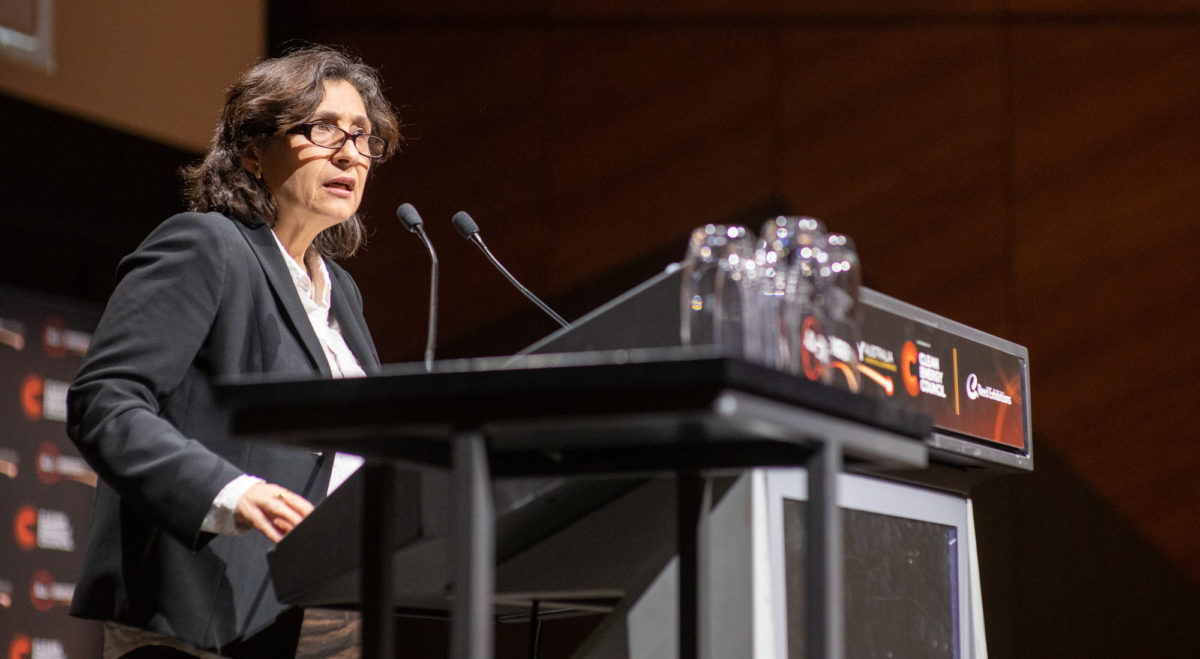
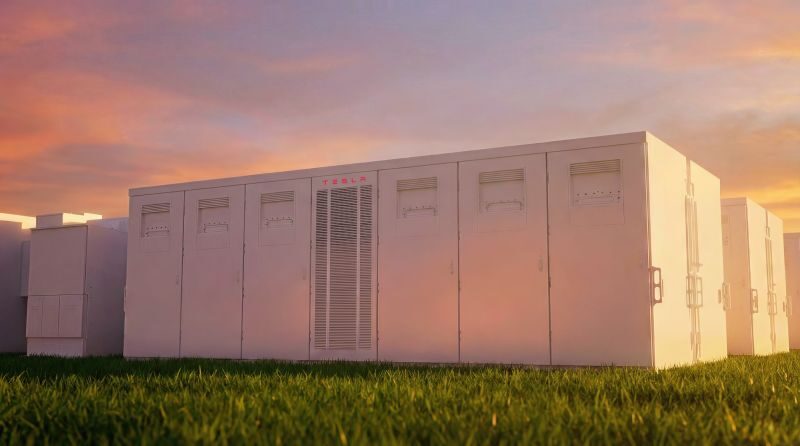


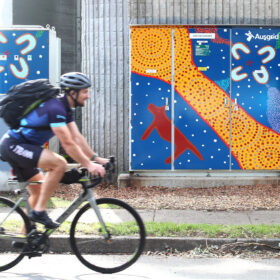
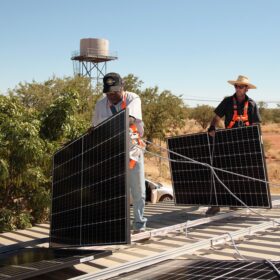
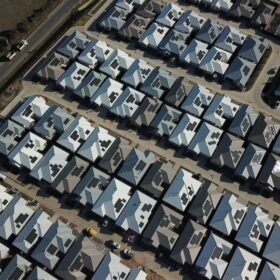
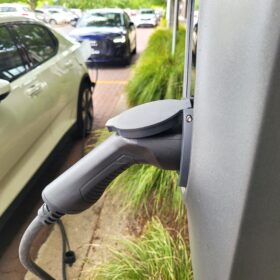
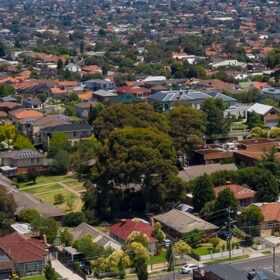
Ha Ha, Up pop the enablers of the vested interests such as this Sarah McNamara from the AEC and the so called EUAA the Energy Users Association of Australia. That would be the one that the likes of Shell and other conflicted big business are members of. As soon as one of the very rare Australian politicians like Lily D’Ambrosio who are working to protect the real energy users in Victoria like ie US, threatens to upset the racket being run by Incompetent regulators for the benefit of the fossil fuel companies and their paid for muppets in The Australian Coalion federal government they begin the well tried process of white
anting and sowing “concern” and “doubt” all designed to make sure they can continue to rip off the Australian consumer.